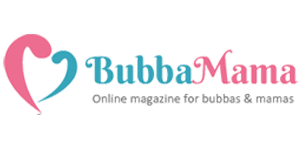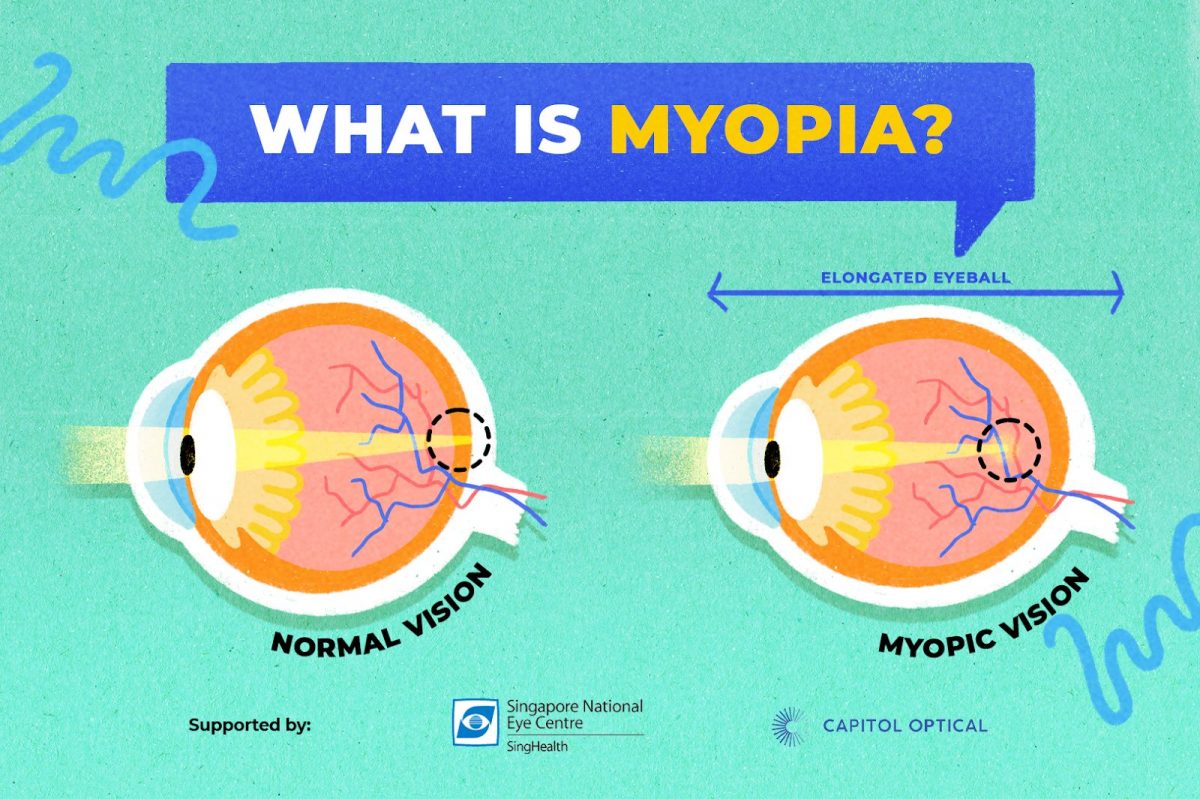As you prepare for the arrival of your baby, among the items that should be on your to-do list is making sure that your home is a safe place for a newborn. This is especially important for first-time parents who may have to do a lot of changes around the house to ensure that every space has been subject to baby proofing.
While it’s easy to be overwhelmed by the tonnes of child safety and baby proofing products available out there, you don’t have to go all crazy (or broke) with all these purchases. Granted, there are endless opinions on how to go about baby proofing your home. So if you find yourself worrying whether you have enough baby proofing products after reading about them in your parenting groups, why not try a different approach?
Family Living Today suggests taking on a more relaxed strategy and opting for the basic baby-proofing supplies at first. By carefully observing your child’s behaviour, you can then decide what other products you need to baby proof the house.
That said, what are the basics that you need to remember when baby proofing your home? What are the non-negotiables when it comes to child safety? What are the dangers in the home that you have to look out for?
Here’s a low-stress approach to baby proofing the home:
1. Start baby proofing from your child’s perspective
One of the best advice we’ve encountered about baby proofing is to get down on the floor and take a look at everything from a child’s eyes.
While you may not completely replicate the experience (it can be difficult to make yourself as small as objectively necessary!), doing this can give you the child safety insight you won’t be able to get by simply standing and thinking about it.
From here, you’ll be able to determine what needs to be done to baby proof the house, and what baby proofing products you’ll need. Remedy sharp edges with corner guards and make sure to install child safety gates at the top and bottom of the stairs. Secure heavy furniture to the walls with furniture straps — you wouldn’t want your baby to climb on clothes dressers, entertainment centres, and other similar types of fixtures and risk them toppling over.
2. Be cautious of electricity
With their natural curiosity, babies are fascinated by putting things into other things. While it can be adorable to watch them learn about their environment, this is also the reason why you should watch out for electric sockets. Protect those little fingers from danger by installing outlet protectors all throughout the home. These baby proofing products are probably the cheapest and most useful child safety supplies there are, so go ahead and feel free to go overboard buying these!
Also, make sure that you don’t overlook the cords of appliances — they can be a choking and pulling hazard for kids. Cord winders can help you organize the mess, or you may want to consider upgrading to cordless blinds for fewer tangles around the home.
3. Take extra measures in baby proofing the kitchen
Just the thought of your young child having access to the kitchen can bring about a panic attack to any parent. With this part of the house holding knives, sharp objects and open flames, there’s no doubt that it’s essential to take a hard look at your kitchen and make sure it is as child-safe as possible.
Some of the most useful child safety products here are knob covers, appliance locks, burner guards and safety latches. There are lots of different brands for these so you’ll have to find the ones that work best for you (it can be a pain to open these latches, sometimes!).
Pay attention to the contents of your bottom cabinets and lock up your medications. Make sure to place choking hazards, magnets, and cleaning products out of reach.
4. Keep the windows guarded
Window stops allow you to secure windows so they can’t open more than four inches. Some types can be screwed into the window frame while others can be applied with suction cups. Releasable window guards are another option — they let you put bars across the window to prevent it from opening.
5. Ensure child safety in baby’s room

In baby proofing the nursery, make sure that the crib meets the current safety standard. Keep suffocation hazards — such as blankets and stuffed animals out of the crib. Safety hinges such as finger pinch guards for the door and a soft-close safety hinge on toy chests protect those little fingers from hazards.
Child safety gates are a must not just for the stairs, but they are also helpful in limiting where your mobile toddler can go. Through these child safety gates, you can create a safe spot where your baby can play and move about.
More Baby Proofing and Child Safety Tips
As a final tip, when you baby proof the house, it’s best to have fire extinguishers and sufficient smoke and carbon monoxide detectors properly positioned throughout your home.
As a parent, child safety is definitely one of your primary concerns, but it shouldn’t the cause of unnecessary stress and worries. In baby proofing your home, it should be about what makes the best sense regarding your household setup and your baby’s behaviour.
For more informational materials on creating a safe environment, you can read more Family Living Today articles, covering topics such as minimizing risks posed by appliances and stairs and keeping kids of all ages safe at home.


